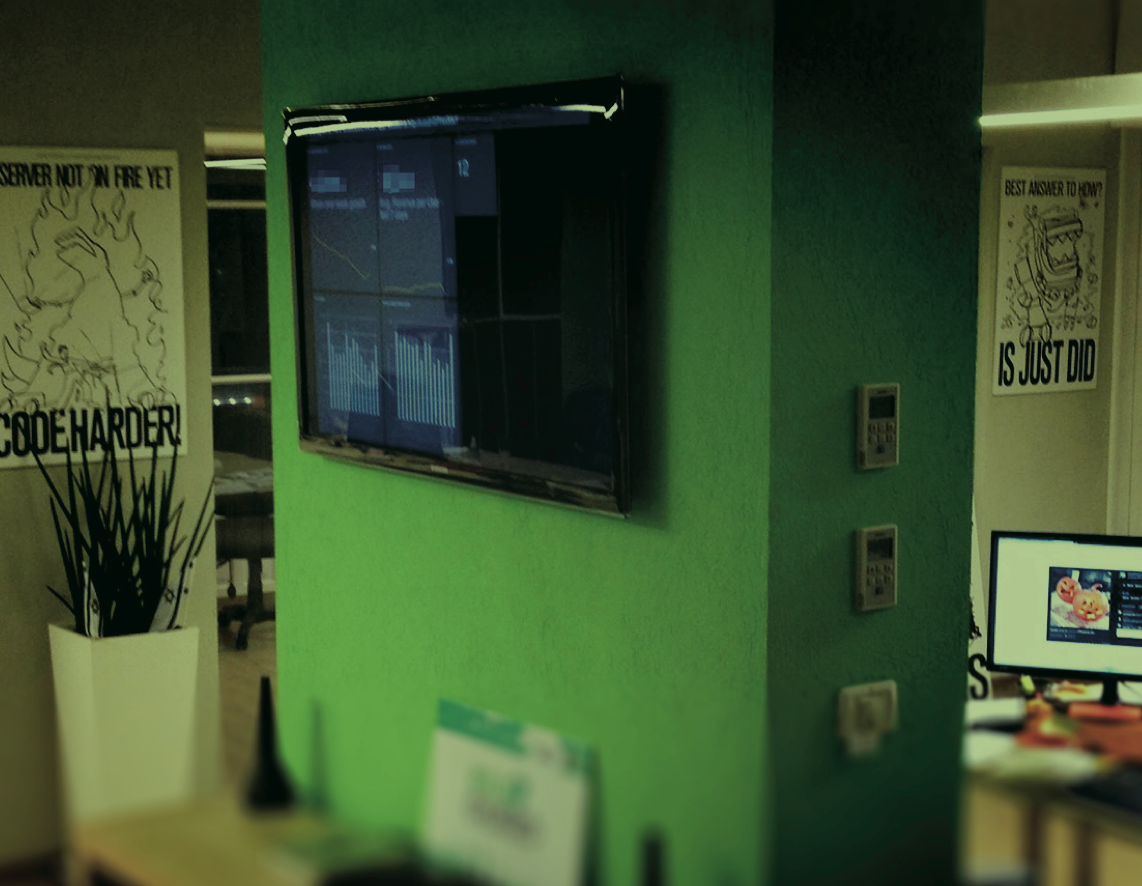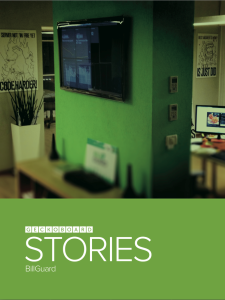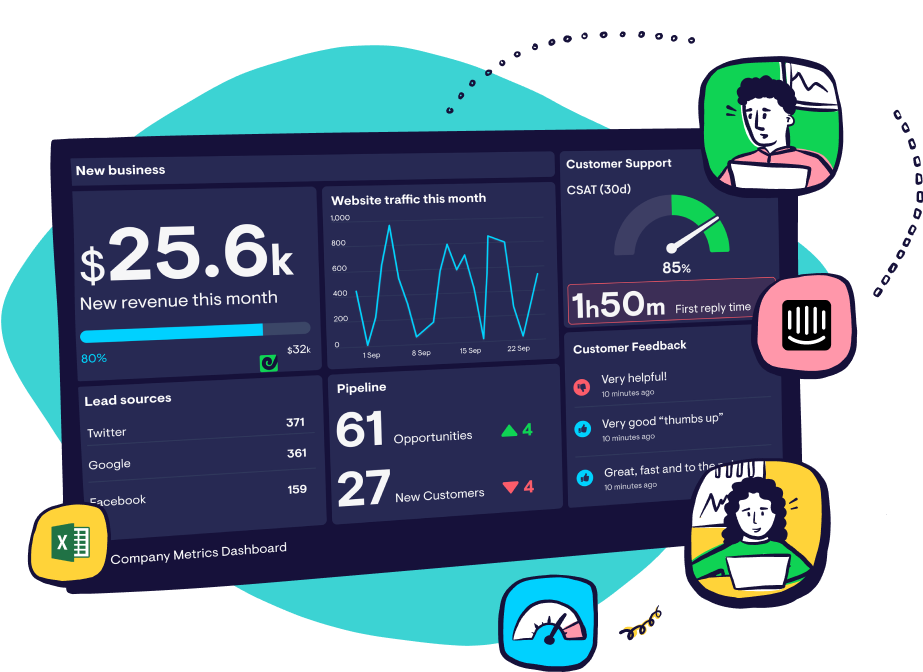BillGuard is a personal finance security service powered by the collective knowledge of millions of people. They are a group of data scientists, mathematicians, security experts and industry leaders that have come together to protect consumers by facilitating the sharing of that knowledge. BillGuard investors include the founders and CEOs of Google, PayPal, Verisign and Sun Microsystems.
We had the opportunity to interview Noam Nelke, Analyst and Developer at BillGuard. Noam talked about how BillGuard is making data accessible and actionable for all the teams in the organisation.
Could you tell us a little bit about BillGuard and your role within the organization?
BillGuard is a company that revolutionizes the personal finance field. We tackle the problem of unwanted charges on people's bills, credit card statements, and bank accounts. We have an iPhone app that people can use to track their spending and save money. My role at BillGuard is an analyst, and I'm also in charge of the BI efforts.
How did you start using Geckoboard?
I'm not sure I'm the person to answer this, because when I came to BillGuard they were already using Geckoboard, but we've used both Geckboard and custom solutions like just writing dashboards in HTML.
One of the biggest advantages of Geckoboard over writing custom HTML is the fact that it does all the refreshing on its own, and it's modularized. If one piece or one graph doesn't work, it won't break the entire dashboard. It will just not refresh that one and show a little red icon in the corner. I think that's one of the biggest advantages. We're using Geckoboard mostly with custom widgets, so we're still doing most the logic on our servers and query our servers for data, but here and there we use it to connect to services directly.
Are you using a big screen around the office, or just on your desktop?
In our main office, in Tel Aviv, we have an LCD with Geckoboard on it, and some people have the URL and they follow it on their own computers. In our US office people use it only on their own computers.

What would be your advice for any professional who wants to become more the more data-driven?
Start from the end and look at what's important and what you want to monitor, and make data actionable. If there is a stat that your company has as a goal, like for user acquisition, you want to increase the week over week growth. So first, you need to decide what the metrics are that you want to monitor and that you want to increase or decrease, then you only follow those metrics and don't clutter up your mental model of where your company stands with metrics that are either non-actionable or not important. Focus on a few metrics that are actionable and that you can affect, and once you do that, you just follow those. That would be my advice.
How do you manage internal requests, and how do you keep a balance between having only the things that are actionable and having things that people just want to see?
Well, usually when it comes from people, it's actionable. When people want to know something, it's because they want to monitor it and make sure that it stays above a certain level. The only place where I see non-actionable stats being requested is from marketing or our CEO, who need them for the press, and then we usually don't do it in Geckoboard, we just do a one-off. We watch our dashboards for clutter. Sometimes here and there we need stats for a short while because we just implemented a new feature and we need to make sure that it's okay. Sometimes we add it to the Geckoboard just for a short while and then remove it afterwards, but otherwise we can just follow it manually, that also happens.
Download the case study as PDF here

